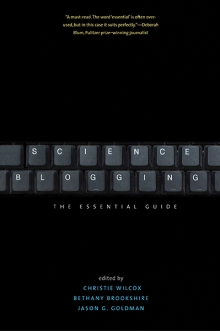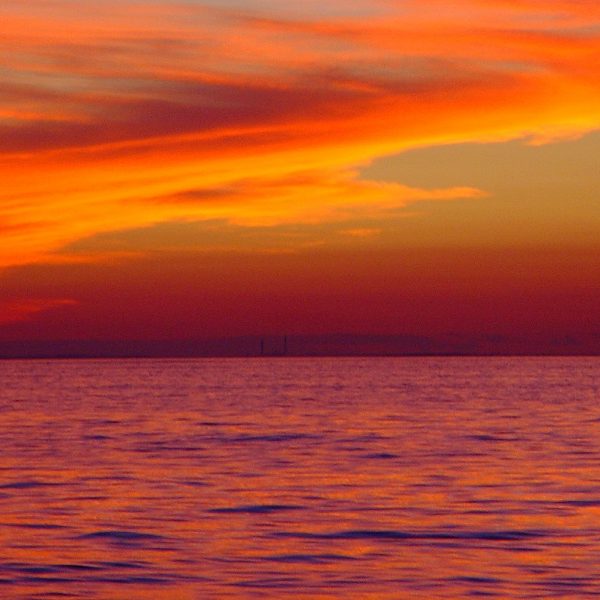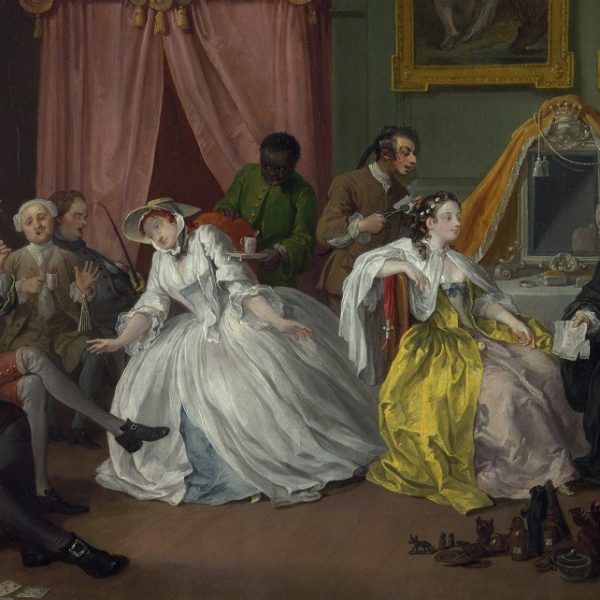A Beginner’s Guide to Science Blogs
Christie Wilcox—
I love writing a science blog. I write a lot of things—I’ve written peer-reviewed journal articles and a dissertation; I’ve written for major newspapers, science magazines, and chic, quirky outlets; I’ve even written a popular science book about venoms. But of all the writing I do, I have the most fun and feel the most fulfilled when writing blogs.
Why do I love blogging so much? For me, each post is a blank canvas. There are no rules to follow. I can write a 200-word news piece on something exciting, or a 2000-word narrative on my experience as a scientist. I can post pictures, video, or audio, or stick to the text. Maybe I’ll play with the tone of the piece, or the style of writing. It’s my blog, after all—I can do whatever I want with it.
In many ways, a science blog might appear the same as any other sort of media. But what sets science blogs apart from newspaper or magazine columns is that flexibility. Bloggers (for the most part) have the freedom to write about what they want, when they want, how they want, which means they can create unique and engaging scientific content. Want to see high-speed video footage of a ballistic corkscrew duck penis while learning about phallus evolution? Of course you do. Wonder if the world is ready for a zombie attack? Who doesn’t? Baffled as to why so many seem to like Donald Trump, and wonder if there’s any psychological explanation? Me too.
My favorite science blogs are diverse in form and function, and honestly, there are far too many to list. My Twitter and Facebook feeds basically consist of science bloggers. So, rather than attempt to name them all and fail, I’ll just highlight a few of the many, many, many amazing ones out there.
When I’m in the mood for some salty, ocean-loving content, for example, I head over to Deep Sea News and let the awesomeness wash over me. Their bloggers cover everything ocean-related, and I know I can trust the quality of their science as well as their wit. If I’m feeling a little more terrestrial, I might slide over to Living Alongside Wildlife, and let David Steen tell me about some landlubbers. And if I really want something out of this world, I can get intergalactic with Nadia Drake’s No Place Like Home.
Some of my favorite science blogs are hilariously adult and NSFW while others are aimed at a younger audience. Some are written by scientists—others, by writers, teachers, or students. They cover everything from physics to medicine to philosophy.
Science blogs can also help reveal systemic issues in academic culture. Incredible writers like Danielle Lee and Kate Clancy craft powerful posts about life as a scientist and the struggles that many face to be a part of the ivory tower. Such blogs shine a bright light on the darkest aspects of academic culture, from racism to sexual harassment, and by doing so, are leaders in the movement for change.
The point is: science blogs are as diverse as the people that make up the scientific community. Science blogs come in all sizes, shapes, colors and flavors. But while they may differ in content or style, they are all drawn together through their love and respect for the science itself.
Christie Wilcox blogs at Science Sushi, hosted by Discover.
Further reading:



























